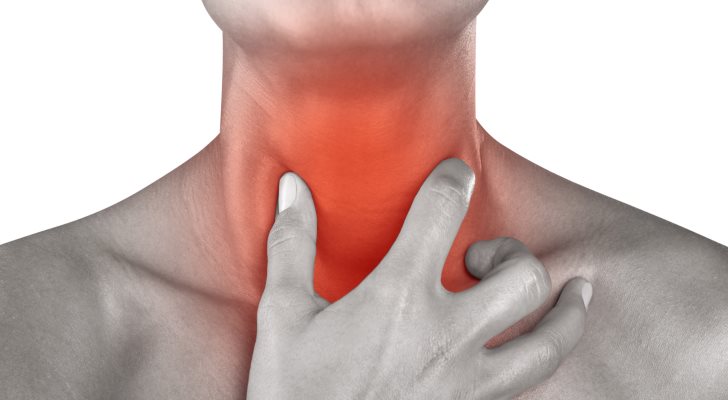
Difficulty and discomfort during swallowing are frequently described as early features associated with strep throat. An itchy or irritated sensation in the throat can make swallowing liquids feel unpleasant. Enlargement of the tonsils is commonly reported in clinical descriptions and may contribute to this experience. In such accounts, the swallowing function is characterized as impaired during symptomatic periods. Statements in this text are informational and do not represent guidance on symptom management.

Reddish, swollen tonsils are often noted in reports of this condition. The inflammatory process may extend across the throat, and the affected areas can appear pink to red. Descriptions sometimes include white or yellow patches as well as linear streaks consistent with exudate. These findings are generally visible on inspection. Tissues around the tonsils can also appear affected. Because visual appearance can overlap with tonsillitis of other causes, differentiation in clinical settings relies on additional evaluation.

Headache is mentioned by many individuals with sore throat illnesses, including those later identified as strep throat. Similar symptoms are frequently observed in influenza-like or common cold presentations, so headache alone is nonspecific. Reports describe that other throat-related signs may emerge over the next 24–48 hours. Within this context, headache is typically considered one of several accompanying complaints rather than a distinguishing feature.

Tender or enlarged cervical lymph nodes are also described. Lymphoid tissue in the neck region can appear prominent or sensitive to touch during active inflammation. Such findings are discussed as indicators of localized immune response rather than a measure of overall severity. The presence of neck lymph node changes is commonly recorded alongside other throat and tonsillar observations.

Hoarseness or voice changes may be noticed in some presentations, occasionally accompanied by cough. These features can occur intermittently, including at night, and may be described as disruptive to rest. In certain instances, transient hoarseness is observed without further implications; in others, it appears together with additional signs often associated with streptococcal pharyngitis. This text provides descriptive information and does not offer clinical direction.

White patches or exudative areas on the tonsils are frequently documented. In practice, these appearances are identified through visual inspection of the oropharynx using adequate illumination. Descriptions emphasize color changes (redness, swelling) and the possible presence of punctate white areas. In pediatric contexts, cooperative visualization is often required to characterize these findings accurately.

Fever is a commonly reported systemic feature. Records often cite temperatures near or above 102°F (38.9°C) during symptomatic phases. Patterns can differ from other infections, and associated chills or generalized malaise may or may not be present. Decisions about evaluation or treatment are individualized in medical settings; the present description is informational and does not constitute advice.

Generalized feelings of being unwell, including nausea or an urge to vomit, are sometimes noted. Such nonspecific symptoms occur in a range of upper respiratory conditions and therefore are interpreted in conjunction with other signs. The presence of nausea alone is not diagnostic; descriptions typically consider the broader symptom pattern when characterizing sore throat illnesses.

Reduced appetite is frequently mentioned during acute throat discomfort. Individuals may also report decreased thirst, which can be notable given the body’s usual fluid needs during febrile illness. Appetite changes are commonly linked in reports to painful swallowing and throat irritation. Temporary weight fluctuation can occur alongside these short-term changes in intake. References to medication in this text are descriptive only and do not imply recommendations.

Throat pain is widely described as extending along the neck and sometimes toward the upper chest. Individuals frequently characterize the sensation as scratchy or raw. The intensity can vary over time and may be influenced by speaking or swallowing. Discussions in clinical literature focus on documenting symptom patterns; this overview does not provide therapeutic guidance.
Learn more about strep throat at Centers for Disease Control and Prevention (CDC).

